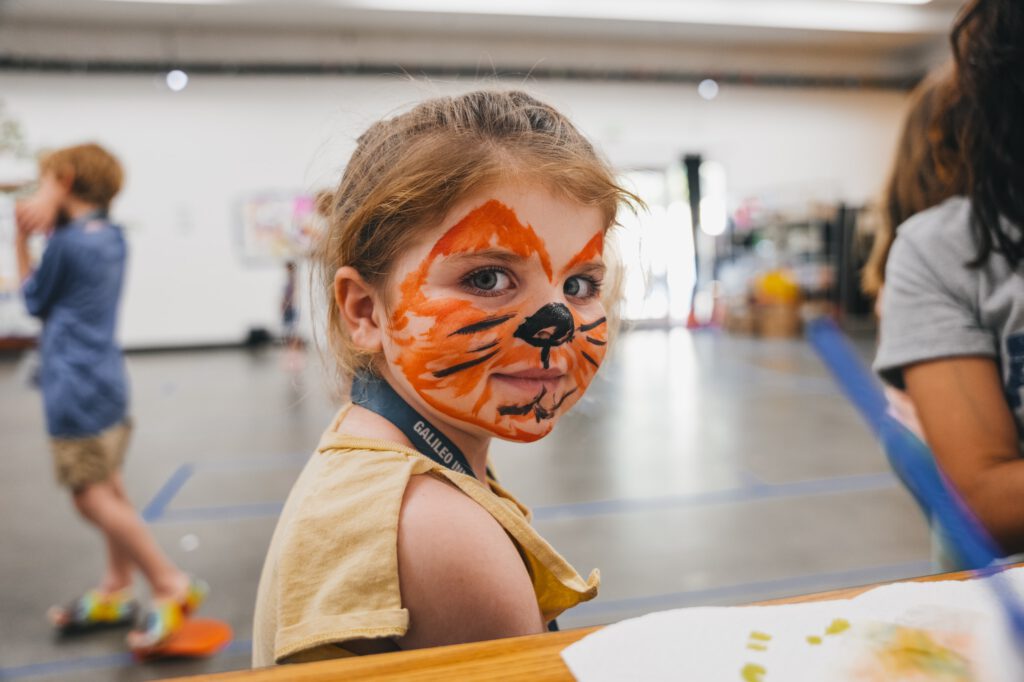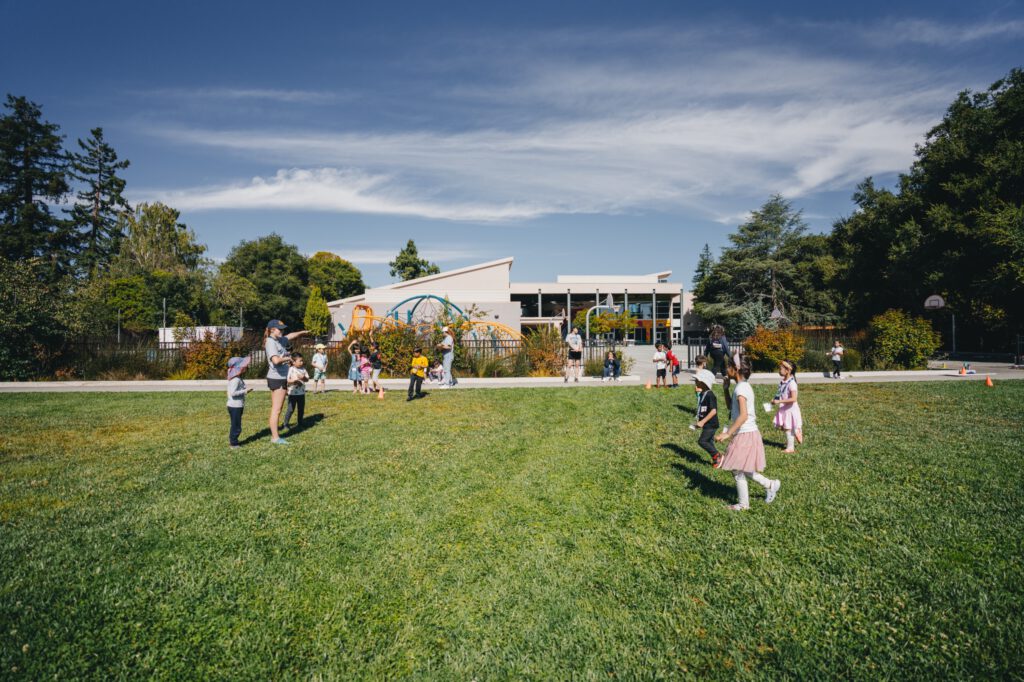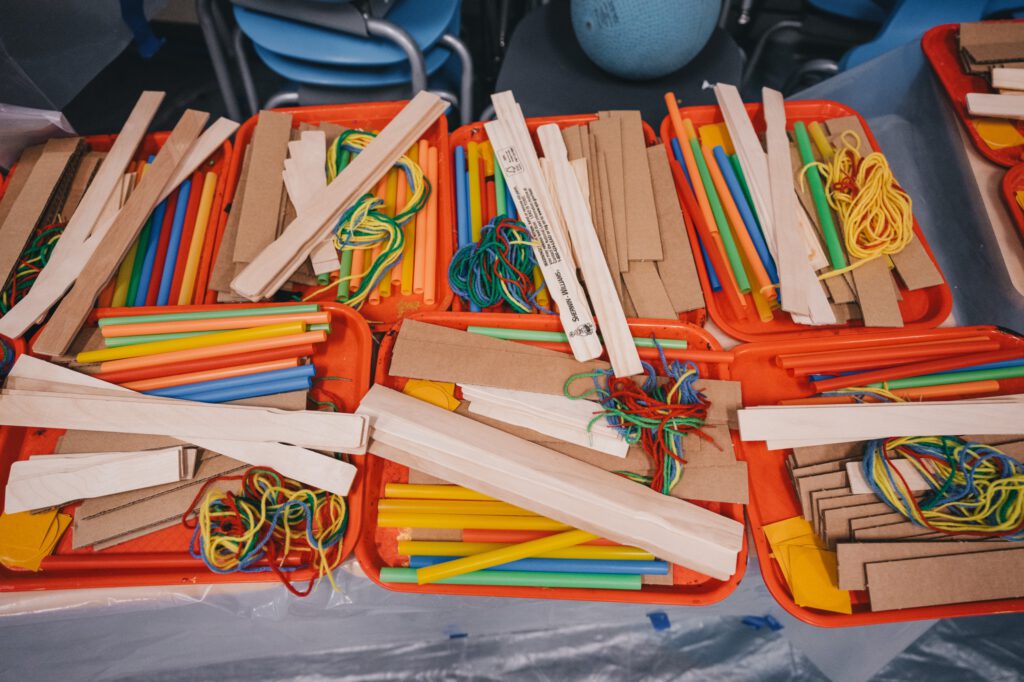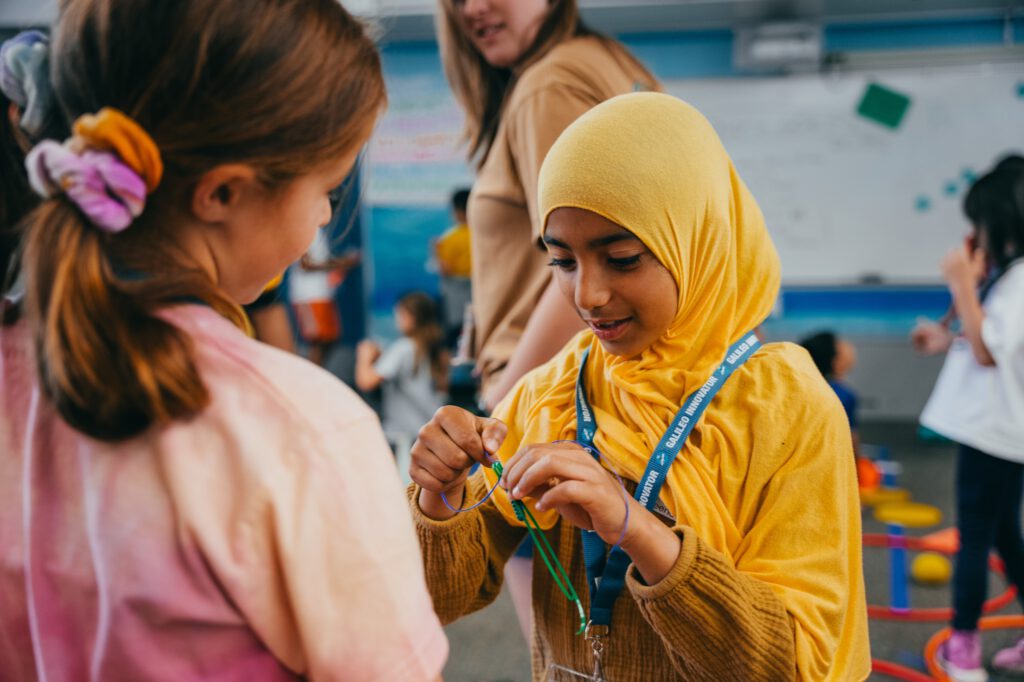Some kids start thinking about Halloween costumes early; others wait until the last minute. Some may have wildly creative ideas for elaborate outfits, but then there are those who settle for a baseball cap and a pillowcase to hold their candy. With a little support from an understanding parent or teacher and a bit of a head start, kids can engineer their own DIY Halloween costume ideas and be ready to rock when the holiday rolls around. By encouraging them to take the seasonal inspiration and add in a bit of creative innovation, kids can create something truly unique.
Helping Kids Brainstorm Ideas
Kids can find costume inspiration practically anywhere. It may be seasonal and related to the Halloween theme, or it could be dressing up as a favorite character. Here are a few prompts to generate ideas:
- Seasonal creatures — Halloween is the time of year when we embrace the creepy, scary and silly. Cats, bats, witches and ghosts are all popular choices, along with monsters of all sorts. From legendary ghouls who have endured the ages to new horror characters or villains, some kids are determined to take on an anti-hero persona for the night.
- Favorite things — In the favorite things category, there are lots of options, including animals, games and foods. Cartoon, movie or book characters also provide lots of choices. Dressing as a hero or well-loved story protagonist can be an empowering experience.
- Career or occupation — Trying on the identity of a worker in a specific career can be both fun and a learning experience. Kids can research an occupation of interest, then collect or make artifacts and tools used in the course of their work. A scuba diving oceanographer costume, for example, can be easily built with a black jumpsuit and a couple 2-liter bottles.
- Outside-the-box mash-ups — Unbridled creativity can result in some really unique costume ideas. Mash-ups are not new; think crime-solving beagle. The idea is to combine two unrelated things in a clever or unusual way: an occupation with an animal, a superhero with a food, etc. Kids are usually pretty imaginative, and with a little encouragement, will likely come up with some creative ideas.
Providing a Materials Challenge
Sometimes creative inspiration comes in the form of a specific material. Given a common, everyday material supply, kids can challenge themselves to devise a DIY costume using it as their primary medium. Here are some ordinary, readily available materials that may provide that creative inspiration to your kids:
- Tissue paper — this inexpensive and readily available material can be found in abundant supply in most homes. It has even inspired exciting and prestigious contests in which competitors vie for significant monetary prizes. Using a simple material allows makers to focus on the process and on their design. Since the tissue is so inexpensive, early attempts can be scrapped and restarted as the design is refined and reworked. Colored craft tissue is an alternative that can support creative expression by even very young children.
- Brown paper grocery bags — another easily attainable material that provides the perfect canvas for colored markers or paints is the paper bag. The boxy shape provides some structure while the paper is easily cut with scissors. Due to the ease of working with them and their wide availability, paper bags lend themselves to quick construction projects that can be completed at the last minute.
- Balloons — though a bit more fragile than paper, balloons can be an easily accessible medium for creative costume making. Younger kids may need help blowing up the balloons in order to bring their creative vision to life. This colorful and inexpensive material can support a variety of costume innovations, particularly when paired with other commonly available materials.
- Cardboard boxes — with boxes in an infinite number of sizes and shapes, the possibilities for creative costuming are endless. Kids can handle the painting but may need help with cutting holes. By providing buttons, paper cups, string, tissue paper, etc., young designers can really make a project their own.
- Illumination — though not necessarily a household item, there are easily obtainable materials that can add some pizzazz to DIY costumes. Glow-in-the-dark paint and glowsticks are two examples that can add some bling to basic costumes. Available at craft and party supply stores, these products should be used with adult supervision. Older kids can add illumination to their DIY costumes with a simple electronic circuit, such as a string of LED lights on a battery pack. They might also opt to add moving parts operated with a lever arm or pull string. Kids entering grades 3-5 can get experience creating moving parts at Galileo Makers: Materials Challenge, an extraordinary summer camp experience for DIY enthusiasts.
- Duct tape — a slightly more sophisticated and pretty sturdy material, duct tape supports creative DIYers in their costume innovations. It comes in many colors and patterns, enabling an imaginative maker to customize a colorful costume to their own specifications.
With the variety of readily available and inexpensive materials, if kids don’t succeed at first, they can try and try again. They can embellish their costume project with scavenged items or found materials to fit the theme, including toys, stuffed animals and household items.
Developing a Passion for DIY
Getting started early enough, kids will have ample opportunity to design their costume and engineer it to completion; a fun project that engages their creativity and ingenuity. With a little parental support and encouragement, they could be well on their way toward creating something truly innovative. Kids with a passion for DIY projects at home would also love the experience of an innovation camp where they can gain skills through a makerspace or build challenge. Besides the enjoyment gained from completing their projects in a fun and collaborative summer camp environment, kids will take away an engineering design process they can apply to future projects at home, in school and even in future careers.
To engage the DIY enthusiast in your family, check out these camps in your area: San Francisco, Southern California, and Chicagoland. Register for a camp session or sign up for our mailing list to keep up-to-date with camp happenings and innovation resources. Or, for more information about Galileo camps, contact us here.



